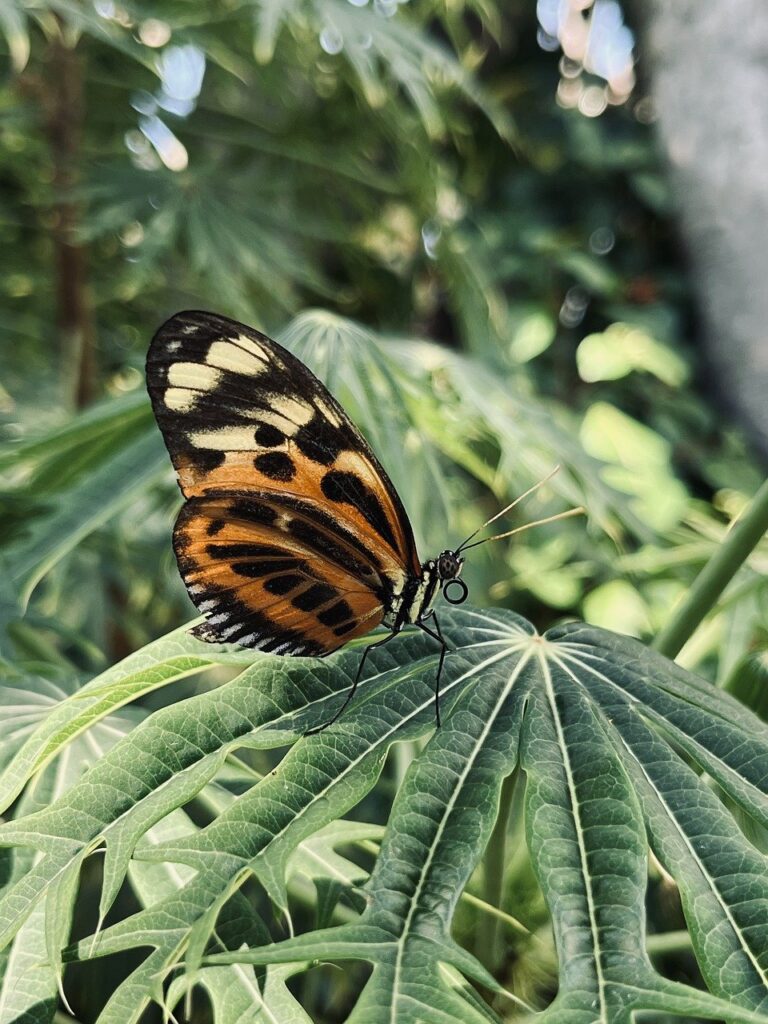In conclusion, LED lights have become the torchbearers of a brighter, more sustainable future. Their energy efficiency, longevity, versatility, and environmental friendliness make them a beacon of hope in the mission for accountable lighting solutions. As we navigate the challenges of the modern world, LED lights illuminate not just physical spaces but also our course towards a more energy-conscious and environmentally-responsible future.
As we progress into an age where sustainable living is critical, the widespread adoption of LED lights plays a pivotal function in attaining energy efficiency objectives. Federal governments and companies all over the world are incentivizing the transition to LED lighting through different initiatives, acknowledging the long-term advantages in regards to energy conservation and environmental conservation.
Longevity is another key characteristic that sets LED lights apart. The typical lifespan of an LED bulb far surpasses that of traditional lighting options. While incandescent bulbs might last around 1,000 hours and compact fluorescents about 8,000 hours, LEDs can shine brilliantly for up to 25,000 hours or more. This longevity not only decreases the frequency of replacements but also decreases the environmental impact connected with the manufacturing and disposal of light bulbs.
In addition, LED lights boast quick changing capabilities, allowing them to illuminate immediately without the warm-up duration needed by some other lighting innovations. This instantaneous illumination is not only practical but also enhances the general user experience. Whether in homes, workplaces, or outside spaces, the capability of LED lights to supply instant and consistent lighting is a testament to their efficiency and dependability.
In the realm of lighting innovation, Light Discharging Diodes (LEDs) have actually become an innovative force, changing the way we illuminate our surroundings. These little semiconductor devices have rapidly gotten popularity for their energy efficiency, longevity, and versatility. As we explore the world of LED lights, it emerges that they are not simply a source of illumination but a beacon assisting us towards a more sustainable and innovative future.
Furthermore, the manufacturing procedure of LED lights is relatively environment-friendly. Traditional lighting options, such as incandescent and fluorescent bulbs, often consist of dangerous materials like mercury. LED wall pack light , on the other hand, are devoid of poisonous compounds, making them safer for both human health and the environment. The reduced use of hazardous materials aligns with the global push towards greener innovations and accountable manufacturing practices.
Among the most notable features of LED lights is their exceptional energy efficiency. Unlike traditional incandescent bulbs, which lose a considerable portion of energy in the form of heat, LEDs transform almost all of their energy into light. This efficiency not only reduces electricity costs but also adds to the global efforts towards energy conservation. As the world faces the challenges of environment change, LED lights function as beacons of hope, providing an useful option to decrease our carbon footprint.
The versatility of LED lights extends beyond their practical elements, including a vast array of applications. LED technology has permeated numerous sectors, from property and business lighting to automotive lighting, street lighting, and beyond. The compact size of LEDs allows for innovative styles, helping with the development of streamlined and stylish lighting components that perfectly integrate with modern aesthetic appeals.
In addition to their versatility in style, LEDs provide vibrant control options. Unlike traditional lighting, which often relies on external devices for dimming or color adjustments, LEDs can be easily incorporated with clever lighting systems. This versatility allows users to customize the atmosphere of their spaces, changing brightness and color temperature level to suit different celebrations or moods. The clever combination of LEDs not only enhances user experience but also aligns with the growing pattern of home automation and energy management.
As we marvel at the capabilities of LED lights, it is necessary to acknowledge their function in adding to environmental sustainability. The energy efficiency of LEDs straight equates into lower greenhouse gas emissions. Minimized energy consumption suggests a lighter concern on power grids, diminishing the dependence on non-renewable energy sources and alleviating the environmental impact of electricity generation.
Subscribe to Updates
Get the latest creative news from FooBar about art, design and business.
Precisely why Some People Almost Always Make/Save Money With LED Lighting
Previous Article4 Super Useful Technique To Enhance MPO777
